No products in the cart.

Guy-guidance and Dude-diligence: Q&A for the Westie-Men
Reading Time: minutes remaining
MEN! You have questions, maybe you’re too shy to ask, or maybe you’re afraid of being judged for asking. Myles has heard it all, and is here to provide the answers!
Champion leader Myles Munroe answers 21 probing questions from men who dance West Coast Swing, including 5 questions that everyone wonders about but avoids asking.
There’s something in this article for every single WCS man. So pass it on – the more men who read these tips the happier they will be and the happier their dance partners will be.
Q#1: My teachers don’t move their feet much, why do I have to?
A: Chances are your teachers have great rhythm and timing and are playing with the rhythms they hear in the song with other body movements. Until your timing is consistent and excellent, staying on Swing timing makes sure you and your partner are synchronized both with each other and with the music. It’s important to build good foot technique habits, not only for the sake of agility, but also because the rhythm structure is the base of our dance. Without footwork competence, your total dancing proficiency would be questionable.
Q#2: I’ve noticed a few partners have stopped asking me to dance. Do they think they’re too good for me? How do I handle this?
A: It’s possible that this is just a coincidence. But if you ask them and they decline repeatedly, It’s likely that they had a bad experience with you the last time they danced with you, and the easiest way to deal with it is to avoid dancing with you again. It would help to get some outside perspective on your comfort-factor.
You might be doing things that you think are sexy and cool, but are actually backfiring. You might be slacking on your hygiene and your bad breath or body odour is too much to handle. You might not even realize that some handholds you think are working fine for you are actually painful for your partner. Take this as a hint to get some honest feedback, ideally in a private lesson, to find out if you are doing anything dangerous or off-putting. In the meantime, read this article to gain more insight.
Q#3: I took enough lessons to learn my basics. I have fun social dancing, that’s all that matters, right? Why do I need more lessons?
A:You may have fun social dancing, but are you sure your partners are enjoying their dance with you? Maybe they smile, but don’t be too quick to assume their smile means approval. The followers might be smiling because they are just nervous, or because they farted.

Don’t be fooled into thinking that you don’t need to learn any more because you always have ladies asking you to dance. Due to the common imbalanced ratio of followers to leaders, followers don’t always get to be choosy. They’re not necessarily dancing with you by choice – it might just be the only option other than sitting down. I can almost guarantee that every follower would rejoice if you decided to work on improving your social dancing.
The point is, social dancing is a shared experience, meaning that your enjoyment is NOT all that matters – you also have a impact on your partner’s enjoyment and safety. This should motivate you to take lessons – to learn how to be a better, safer, more desirable partner. Improving your skills will also enable you to confidently keep up with higher level followers and elevate lower level followers to give them the best dance of their night.
Another great reason is because West Coast Swing evolves. If you haven’t taken lessons in the last 5 or 10 years, you’ve missed some opportunities to upgrade your technology and style – you’re still using your flip-phone while everyone else has upgraded to smartphones. It matters because it’s harder to communicate with technologies that aren’t in sync. The number of dancers still able to speak your language is dwindling. Evolve or die! ?
Q#4: Why do all my moves work with Advanced followers but not with partners at my level?
A: It’s most likely due to the Advanced followers being able to adjust and adapt to your issues and bad habits. They can compensate and course-correct imperfect leads whereas a lower level follower will actually be more authentic in doing exactly what you lead. So, consider those lower level followers as your training ground to refine your leading skills. They will serve to verify your leading effectiveness. Consider that if you can’t lead a move consistently successfully on every dancer in the room, you haven’t finished learning it yet.
Q#5: I’ve got all the patterns I can handle at the moment. Why should I go to another workshop?
A: Good workshops teach more than patterns. Sometimes the best workshops teach no patterns at all. Sometimes just hearing old info in a new way can can really hit home for you and something clicks. Sometimes your body needs to benefit from the reminders and repetition. Sometimes a workshop is more about community support and collaboration, so you should show up as you would to a family birthday.
This article is gold, because it shows you where the gold is that you could be leaving behind.
Q#6: Should I take private lessons from a male teacher? Does it matter?
A: It really depends: if you’re trying to get some dude styling then yes a male leader might typically be a better choice only because they can model the body movements for you. But beyond that, gender is irrelevant – it now depends on the role they are an expert in. If the female teacher is an expert follower but not an expert leader, she may not have quite the same database of pattern knowledge as an expert leader, so for specific pattern tactics I would recommend an expert leader. I always recommend going to an expert follower regardless of gender to work on feel and make sure existing patterns are working optimally. Even though most male teachers can follow, the expert follower will be so much more refined in her/his feel and response and will be more accurate.
Q#7: What can I expect out of taking a class/workshop from a follower? Won’t she mostly teach stuff for the ladies?
A: When I first started dancing in the late 80s, many partner dances were more male teacher-dominated. The woman’s stereotypical role in the teaching partnership was to “add the spice” for the ladies to add to the men’s patterns. This gave the impression that the women teachers didn’t know the leader’s role. As a result, men used to think they can’t learn from women.
But those days are gone, my friend. Not only has WCS changed and evolved to where it is a much more balanced conversation, but the teaching contributions in the partnership is almost always more 50-50, and there are several single female teachers that are forces to be reckoned with! There is a rich and deep well of wisdom and technique you can get from female teachers, and you would be smart to take advantage of it.

Q#8: The instructor keeps saying “No correcting your partner”, but I’m not criticizing, I’m helping. What’s the problem with that?
A: Can you imagine if you were having a conversation at a dinner party with someone who kept correcting your grammar? This would be extremely rude and not seen as helpful regardless of their intentions. Just because you can identify a problem your partner is having, doesn’t give you license to help. You are not a teacher, and your role as “leader” is not ubiquitous with the word “advisor”. The only feedback that will be appreciated is encouragement and celebration. Regardless of your intention, unsolicited advice/correction/criticism are always interpreted the same: unwelcome and offensive. Just to give this a little non-dance perspective, consider that correcting your follower is, like mansplaining, the gateway drug to sexism and gaslighting.
I know you might be thinking, “but she’s not doing the move right, and I need her to do it the way the teacher is asking”. You might have a misconception about what her role is: the follower’s job is to be reactive to what the leader causes. If she’s not reacting at all, she needs technical help in developing this skill, but it should come from the teacher, not you.
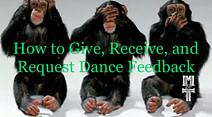
But if she’s reacting in a way you didn’t expect, chance are you were the cause of it. In this case, she’s not the one who needs correction – she’s unknowingly providing you feedback that your efforts failed and you need to make the corrections yourself.
Unless the teacher has given the class parameters for feedback, you’re likely seeing an effect of the issue not the actual cause. The teacher is watching and will make the proper adjustments if the issue is really a big deal. Repeat after me: “Correcting her is not my job. She won’t appreciate it if I try.” There are circumstances where feedback is appropriate, but there are rules involved. Check out this comprehensive article for more details.
Q#9: I’m bored with my dancing. How can I get more interesting/exciting material?
A: LOL: quit dancing boring-ly! If you impatiently skipped over the technique and got in the bad habit of collecting patterns, you are probably disenchanted with your dancing because you never learned how to do them properly, expressively, comfortably, or musically. That’s what the technique is for, so take it as a hint to go back and fill in the gaps in your foundation.
Rather than focusing on your own entertainment, why not shift your focus to entertaining your partner? This project can be a game changer and a refreshing new approach and challenge. Learning to elevate any level of partner will make every dance more interesting. Rather than learning long complex patterns, focus on finding new ways into or out of existing patterns. Get a teacher to show you how to deconstruct and adapt patterns to invent new pathways and be more musical.
Q#10: How can I explain my social dance hobby to my male non-dance friends?
A: It’s tempting to blurt out your pride in your points or gush about the musical freedom, but this will only serve to alienate your friend. In order to appreciate the benefits of dancing that you enjoy, you have to first orient them to the broader context. You need to use vocabulary and references that they can relate to in their world. Here’s a boilerplate with talking points I have put in a progression that I use when people ask what I do (minus the explanation of our career):
- My wife and I like to dance West Coast Swing. Have you ever heard of it?
- It’s not like Dancing with the Stars because it’s not a fancy ballroom dance – it’s a lot more casual.
- It’s not choreographed, it’s improvised: We don’t memorize routines – we social dance with a different partner each song.
- West Coast Swing is the modern version of Swing dancing – there’s nothing vintage about it. We dance to a huge range of music (insert 3 choices of modern artists, and Blues or older pop music if you think they’ll relate to it)
- There’s a whole dance community out there – studios and parties and weekend events.
- You can find tons of it on YouTube, wanna see? (Then show them an awesome, relatable lead-follow dance, not a routine, like this one of mine!)
- I started taking lessons _____ years ago and I had no prior experience. I now go dancing every week and to ____ events per year.
- We actually compete, and lots of amateurs do, but it’s not required.
- I love it because you get to meet a ton of people from all walks of life so it increases your social network. You build friendships with like minded people.
- (For single hetero guys) Dude, there are so many women! Switching partners every song is kinda like speed dating, but way less awkward and no expectations. Interaction with women is easier as you just have to ask them to dance, and they almost always say yes. I’ve gotten so much better at talking to women since I started dancing. It doesn’t matter how attractive you are or how much money you make – if you you learn to be a good dancer, that’s all the women want.
- (For attached guys) We love going dancing/to dance class every week – it gets us out of the house, we are learning something challenging and fun that’s also creative and a stress-reliever! Even though we go together, we dance with different partners each song and it’s never boring.
- (For LGBT people) West Coast Swing is one of the most progressive social dance communities – it is quite common and acceptable for men to dance together and women to dance together.
- (Insert any other benefits you enjoy)
- Hey, there’s a (insert upcoming local newbie-friendly event) coming up, if you want I can send you the invite?
Q#11: Why do you think dance lessons is a harder sell for men than women?
A: I think many men have an irrational fear of appearing incompetent in situations where competence is not expected. They think putting themselves in a position of being a learner puts their ego at risk, because it will be exposed that they don’t know it already. Just think about the ridiculous logic of this statement. How can you be expected to be good at something you’ve never tried? If you’ve never skiied, you wouldn’t think twice about taking a beginner lesson to get started, right? This is how dancing works. No one expects you to know how to dance – that’s what dance lessons are for.
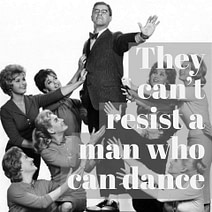
I think men need to be convinced by comparing dance skill learning to other sports like this. The fact is, women and men alike will respect you more for submitting to the learning process and growing your dance.
Q#12: What do most men struggle with when first learning WCS?
A: Leaders always have a steeper learning curve in the beginning, as they have to learn to juggle their own movement, the follower’s movement, remembering all the patterns or pathways, and then timing it all to music. It can be overwhelming! Good teachers help by structuring the progression of skills gradually: prioritizing focusing most on your partner and how you move them will garner the best results and make you fun/pleasurable to dance with.
Men in particular are often quite stiff in their movement when they enter WCS. The first challenge they need to tackle is body awareness – just being able to sense where their weight/centre/balance/hands and feet are. This is why we emphasize skill learning over pattern learning in the beginning – none of those patterns will work if you haven’t got basic body awareness.
Q#13: You teach masculine movement both live and on video. What is that? What themes do you touch on?
A: I label it “masculine” as opposed to “leader” styling, not only to be gender sensitive, but also because a lot of what I teach empowers people outside of the context of WCS. I’ve had men thank me in tears weeks later, because the skills they got out of my class/video contributed to them nailing a job interview or rescuing their marriage.
Themes I touch on:
- Pulsing and groove like the old Motown stars.
- Posture and how it speaks to those watching you.
- Contrabody and how it rescues you from looking robotic
- Walking and dancing solo with confidence and power, and how to use this in the context of WCS.
- And of course the technical breakdown behind all of these skills, so you understand not just the “why” but also the “how”.
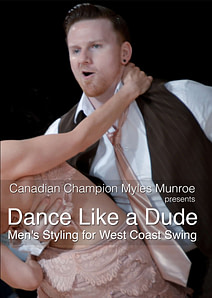
Fathers’ Day Special
50% off Dance Like a Dude instructional video download with this coupon code until June 17:
FATHER2019
Q#14: I just pointed out of WSDC Intermediate and I suddenly realized all of the followers are way better than I can handle. What happened?
A: There is a global imbalance of leaders vs followers in the dance population. Women generally have more prior experience with dance which helps them improve quicker in West Coast Swing. These two factors make it easier for men to make finals because there is less competition for them. As a result, it’s easy to get a false sense of skill competence, and then suddenly feeling “in over your head”. Take this to mean it’s time to stop slacking and get on working on your personal movement aesthetic as well as manipulating patterns to fit the music. Of course, there are more ways to improve, but these two skills in particular will quickly raise your level to be on par with your follower peers.
Q#15: Dancing with male partners makes me uncomfortable. What can I do?
A: Whether you like it or not, degendering is a permanent societal shift that is happening everywhere: the dance world didn’t start it, and the dance world is certainly not going to fight it. So you might as well start to sort out how you plan on managing it for yourself.
Consider asking yourself why it bothers you. You can control your own perceptions. You can make a choice to see it as a problem or make a choice to not let it bother you. If you choose to see it as a problem, take responsibility for your own problem and don’t blame the male follower, the teacher, or the event host. If you absolutely have to, you can excuse yourself from the rotation, but since standing there awkwardly refusing to dance would be quite rude, you would need to walk away from the floor to sit down, get a drink, or use the washroom.
Since dancing with a woman for 3 minutes involves touching her and then walking away without any emotional or sexual meaning, dancing with a man should be no different. Men who dance as followers are keenly aware that there are leaders out there who are unsure and/or uncomfortable about dancing with them. As a result, they are extremely good at “dancing clean and platonic” to err on the side of caution. In other words, regardless of their sexual preference, they are extremely unlikely to dance in a sexual way. So chill out and dance your dance.
Q#16. I started as a leader, but now I’m curious about learning to follow. How do I navigate this socially?
A: (For this answer, I reached out to AllStar Leader/Follower Phoenix Grey, who lived through this and is an advocate and agent for non-traditional role dancers.) Taking up dancing your non-traditional role is very rewarding, but does take extra work. Sometimes the community around you can shoulder some of that burden and make it easier, but it can still take a bit of thick skin to get yourself established, especially if you are one of the first to crossover.
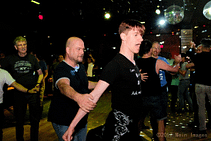
I absolutely would reccomend classes first BEFORE social dancing as a follower. In order to start this process, it helps to talk opening about wanting to learn to follow and why – confirming with the teacher that they will support you, casually mentioning it to other leaders, asking the followers about their experiences, etc. Classes are a great place to identify safe partners: the structure of a class rotation forces you to meet leaders, and forces them to get oriented to you. I can make mental notes of the leaders who are uncomfortable around me, leaders who changed their mind after dancing with me, leaders who are indifferent, and leaders who are warmly welcoming (which are the ones I primarily seek out on the social floor).
Classes that don’t structure the partner rotation arrangement is probably the most challenging part. It’s easier when classes line up the followers on one side and the leaders on the other, so everyone can visibly tell which role I am choosing. But this won’t always happen, so there’s inevitably this awkward moment when the teachers say “grab a partner” and all the followers reach for me and I have to explain and decline. I suggest making this process easier on yourself by asking a leader friend before the class to “claim you” as their first partner. Or even better, intentionally choose the woman in the room who is learning to lead!
At events, I scan the floor to identify the ‘safe leaders’: female leaders are always safe, and I watch for guys who are already leading other men and having fun. When I ask someone to dance, I might say, “Hey can I try following you?” or “I’m learning to follow, would you lead me?”. Some communities have t-shirts or badges to identify which role you are open to dancing “Ask me to FOLLOW”. Whether you dance with male or female followers, note the differences in how they carry their bodies and control their weight and add this to your research bank of studying what kind of follower you want to be.
Stuff you need, but won’t ask
17. Safety
It’s hard to know your own strength. Which means it needs training. Training requires feedback. Best way to make sure you are being a responsible and safe leader or follower is to get one-on-one feedback. I have seen too many women with bruises on their hands and arms from guys who don’t know how to connect properly, or they forget how to in a moment of panic. The only dancers that should be sustaining dance injuries from their partners are routine dancers!

Social dance injuries are like STD’s. Nobody wants this health hazard, they are often transmitted unknowingly, and people tend not to confront or reveal the perpetrator which endangers future partners. So get yourself checked out by a teacher.
18. Your private parts
On the dance floor, I witness but also experience guys not paying attention to where their hands are flailing. Guys, careful where you let your hand dangle in closed position – it should not be anywhere near your crotch! While in closed position, careful when lowering into bent knees with your partner – don’t rest your “cash & prizes” on your follower’s leg. When moving your hips, remember that side to side is fine, but in shadow position, backwards is only okay if you don’t make contact with your partner. Forward pelvic thrusting is never ok.
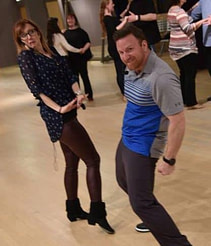
19. Her private parts
This is a no-brainer, but needs to be said: stay away from the bikini zones. Accidental, occasional boob-brushes and butt-brushes happen, and these are forgivable in certain circumstances if they are immediately followed by earnest, quick apology and move on. But there is a big difference between a boob brush and a boob grab. When your fingers cup or squeeze flesh, that’s creepy. Just because you didn’t get slapped immediately, doesn’t mean there are no consequences. Chances are the woman was too shocked to think of how to handle it. But the incident will not be forgotten and this is what will earn you a “reputation”.
20. The dancers’ boundaries versus public boundaries
If you’re new to the scene, you have probably made 2 major social observations: 1. Everyone seems to know each other, and 2. Everyone seems pretty touchy-feely with each other.
The dance community is a small world, and people tend to stay involved for several years or decades, often socializing and developing friendships with many of the same people.
Due to the physical nature of this contact sport and the emotional nature of our expressive art form, the personal boundaries for dancers are lower than the average non-dancer. There is more hugging and lap-sitting (devoid of sexual context) and physical play (like acro-yoga and making a human pyramid). Dancers are more comfortable with touch, but this doesn’t preclude the requirement of consent. You may see a man go up to a woman he’s not involved with and give her a neck rub. But this doesn’t mean it’s ok for you to do it to just any dancer. What you don’t see is the friendship they have built over time that has led them to a place of trust and consent where a neck rub is acceptable and welcome. Participating in physical social interactions still takes conscious and sensitive navigation.
21. Consent
Hopefully you have noticed that recently there has been a lot more socio-political attention dedicated to the topic of consent in the dance community. While this can get deep and complex and there are resources out there providing more information, here’s the bottom line, straight to the point. The way a female dancer dresses does not indicate her interest nor her consent.

Even if you think you could “get away” with getting what you want from (women) in the past, this is no longer acceptable. It’s not enough to “interpret signals”: you have to get an actual, verbal “Yes”. And even after you get this green light, you have to pay attention as things progress in case the light turns yellow or red. An invitation for drinks in someone’s hotel room is not an implied, automatic green light. You still need verbal consent for any intimacy. No means NO, Stop means NOW. Only Yes means yes.
It might be hard to believe, because it’s not a socially comfortable topic. A dancer in the LindyHop scene published this collection of survey comments collected from women reporting on harassment. Take the time to read it if you like, but at least open it to scan the sheer volume and variety of complaints. This is far bigger of a problem than you think. Since this topic is so public now, borderline behaviour will be called out, and everyone should feel empowered and encouraged to speak up if and when they feel uncomfortable, if not directly to the offender, then to the host of the dance activity. Everyone wants a safe dance environment.
Disclaimer: This article is aimed at men in the West Coast Swing community who typically begin with their traditional role as leaders. I attempted to be gender-sensitive where appropriate, but in some cases, I used gender terms intentionally, when that particular topic was more pertinent to males who lead. Thank you for keeping an open mind and valuing this article for its intention of educating the male dancer population.
Looking for more coaching like this?
Of course, this is just a quick sample, a fraction, of the type of coaching that you deserve and we supply in the Swing Literacy Dancer Development Program. For more information about how you can get the whole program:
Further Reading
If you haven’t heard about this psychological concept, you need to. Understanding it can have a profound effect on your dancing, but also other areas of your life you may be self-sabotaging. Let me give you a little definition first, then I’ll discuss how this could be… the most important thing you ever learn
No one wants to be the person that everyone complains about. It’s easy to make the assumption that since you “never get any complaints” that your partners are satisfied enough. But since people don’t usually complain to your face, how do you know if people are complaining about you or not? One method
Something doesn’t add up…. How many WCS patterns do you think you’ve ever learned? Just calculate how many patterns you learn per week, then multiply that by how long you’ve been dancing. Now, how many of those patterns have you actually adopted into your social or competition dancing? Oof. That’s a big difference. That’s a
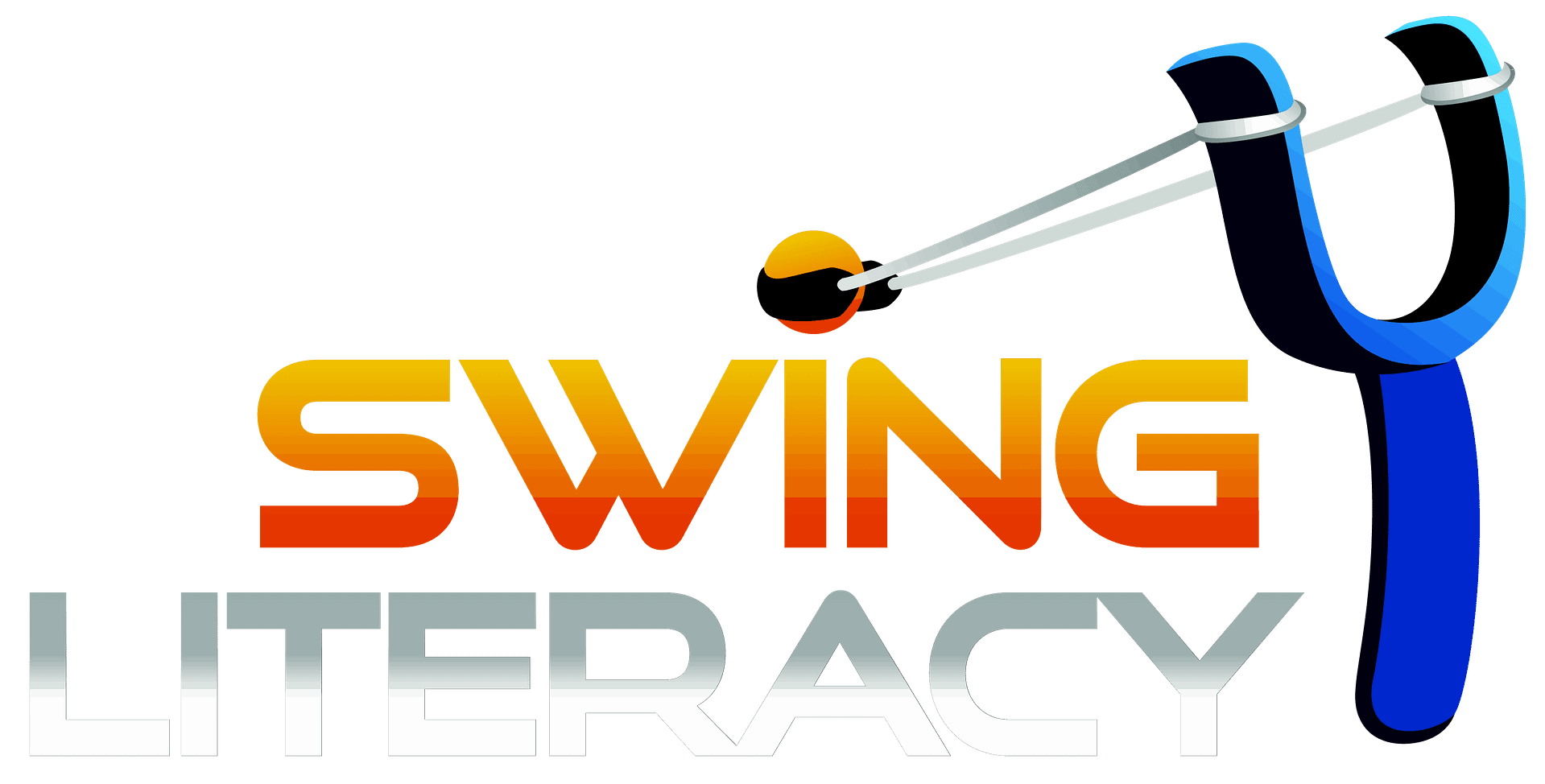
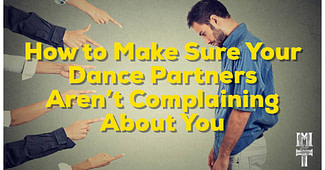

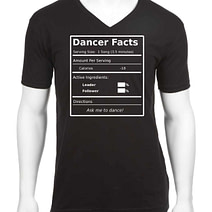



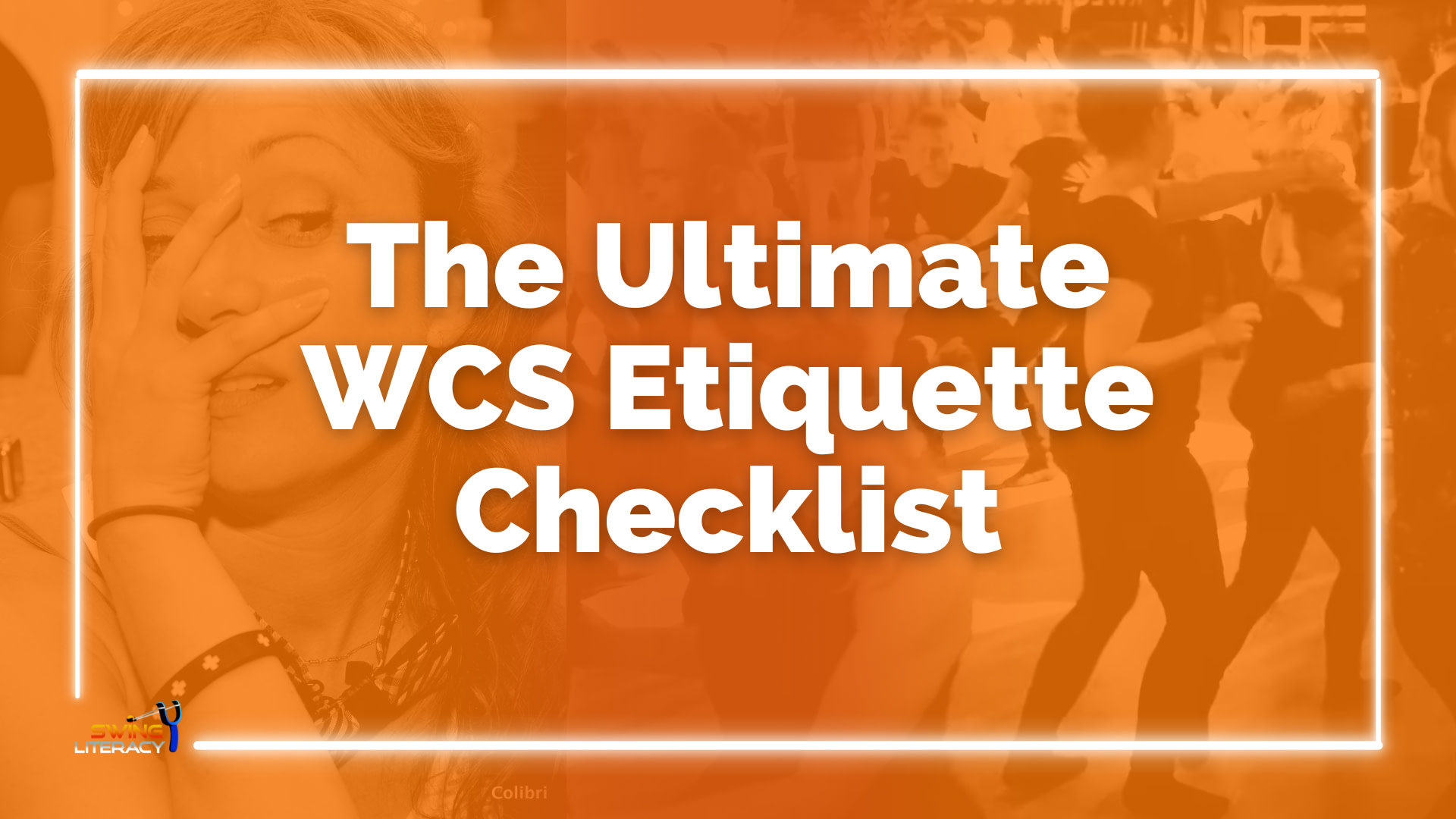




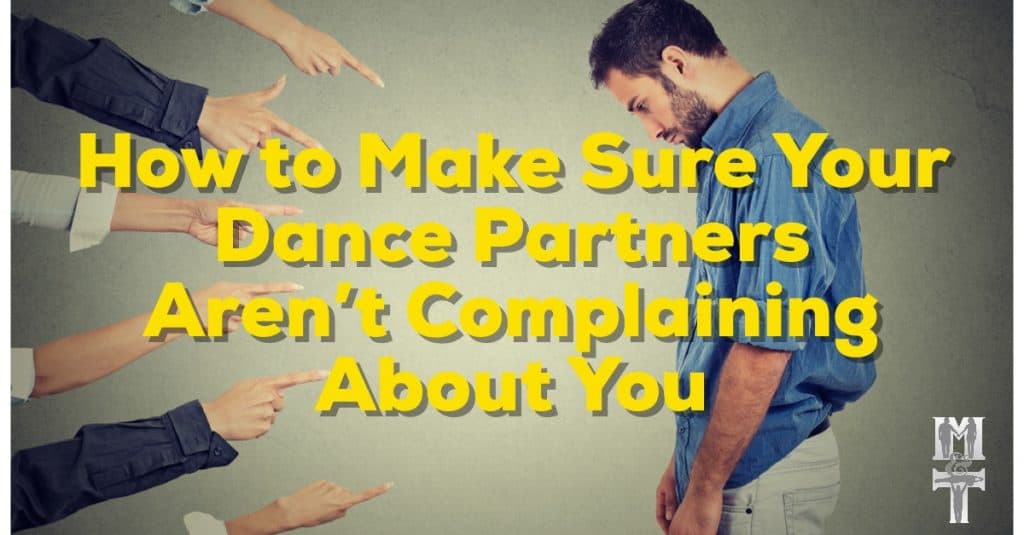
 Q#3: I took enough lessons to learn my basics. I have fun social dancing, that’s all that matters, right? Why do I need more lessons?
Q#3: I took enough lessons to learn my basics. I have fun social dancing, that’s all that matters, right? Why do I need more lessons?
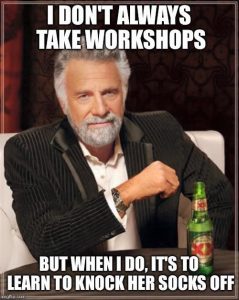 Q#7: What can I expect out of taking a class/workshop from a follower? Won’t she mostly teach stuff for the ladies?
Q#7: What can I expect out of taking a class/workshop from a follower? Won’t she mostly teach stuff for the ladies?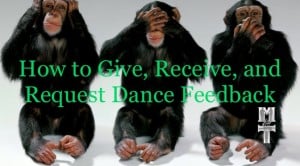
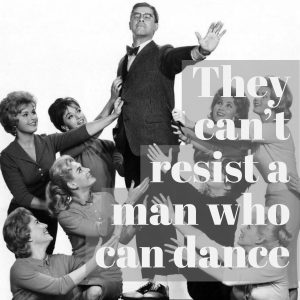
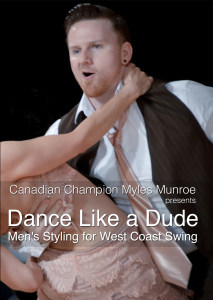
 Taking up dancing your non-traditional role is very rewarding, but does take extra work. Sometimes the community around you can shoulder some of that burden and make it easier, but it can still take a bit of thick skin to get yourself established, especially if you are one of the first to crossover.
Taking up dancing your non-traditional role is very rewarding, but does take extra work. Sometimes the community around you can shoulder some of that burden and make it easier, but it can still take a bit of thick skin to get yourself established, especially if you are one of the first to crossover.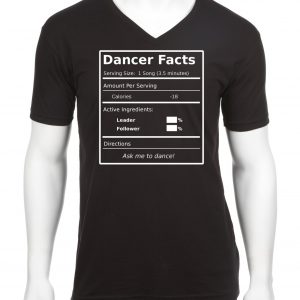
 17. Safety
17. Safety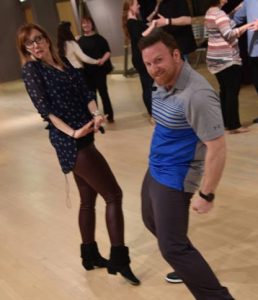
 21. Consent
21. Consent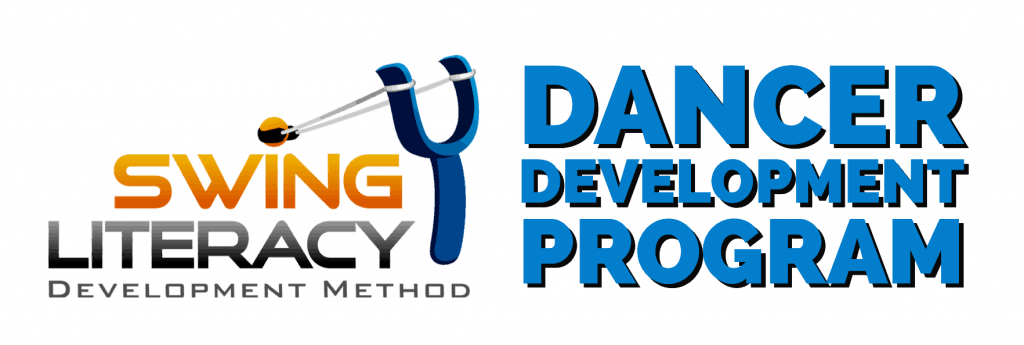

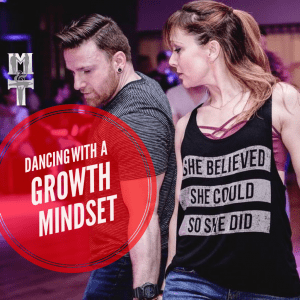


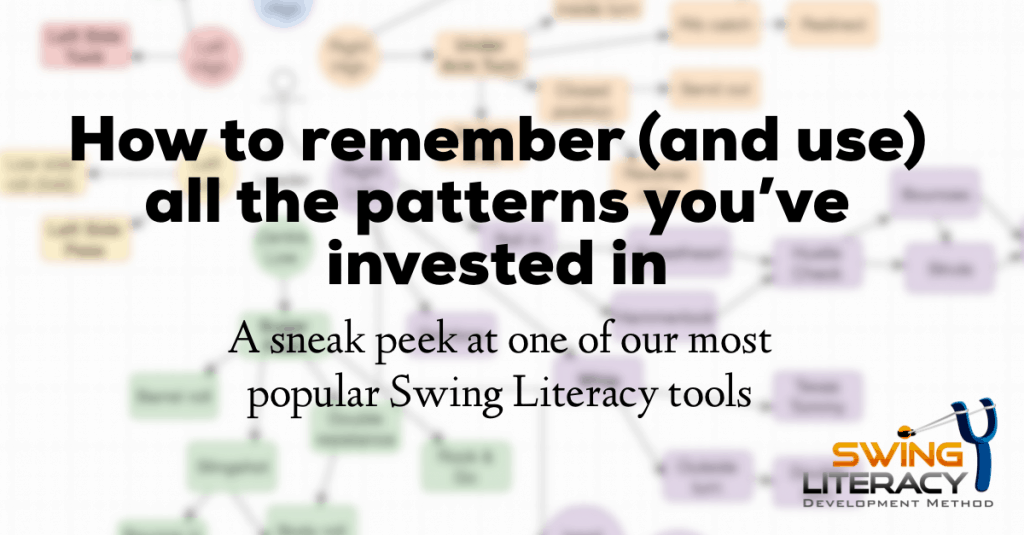
Very nicely written, clear and precise. Thank you for items 17-21, very sad that it even has to be mentioned but some people take advantage when they shouldn’t.
Great Stuff, Myles. I especially like the recruiting tools for new male leaders in point #10.
Miles…I love love love this article. You and Tess should do a workshop on this for both genders.
Maybe breakup the group at the beginning you take the leaders and Tess takes the followers in separate rooms and you both go over their roles then bring them back together for questions and answers.
I will be the first to sign up….beginners are allowed….they are the ones can keep from developing bad habits as they are learning.
Those that have been dancing for awhile or longer will take them longer to break their bad habits.
Just my humble opinion not a lesson, just a humble suggestion.
Love you both! ?????
Carlito! This is such a great suggestion! We actually do this occasionally. The next time will be at Palm Springs New Years. I agree that the earlier we can instil good habits in new dancers, the better! xxoo
Thank you Myles for this great piece that should be required reading for every leader hitting the social dancefloor 🙂
I have a question regarding No. 4: How exactly does the “compensating” by advanced followers work? Say a “bad” leader is trying to pull off the move he learned in a workshop but does not lead it correctly – what will be the result?
Great article, Myles. Additional point to Q #2: Consistent poor hygiene or bad breath is one of the main reasons I will repeatedly turn someone down for a dance, it also does earn some dancers a reputation associated with that. I would love to see you add something about taking responsibility for that.
Done!
Thank you for an excellent article, I particularly enjoyed Phoenix Grey’s contribution because I’ve very recently just started learning to follow myself and it’s great. By coincidence I took the same approach he suggested and so far my local dance community have been fantastic. Following is a whole new dance and it’s fascinating and I love it. I hope one day to be good enough to social dance regularly (as regularly as I currently lead) and perhaps even compete in Newcomers as a Follow, assuming I’m attending an event that allows that.